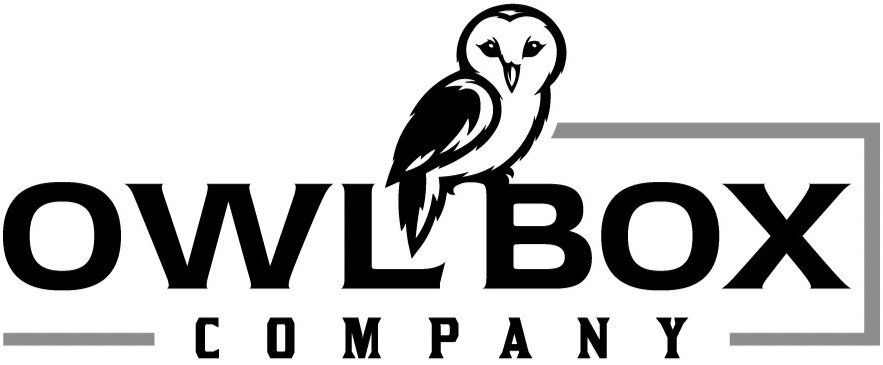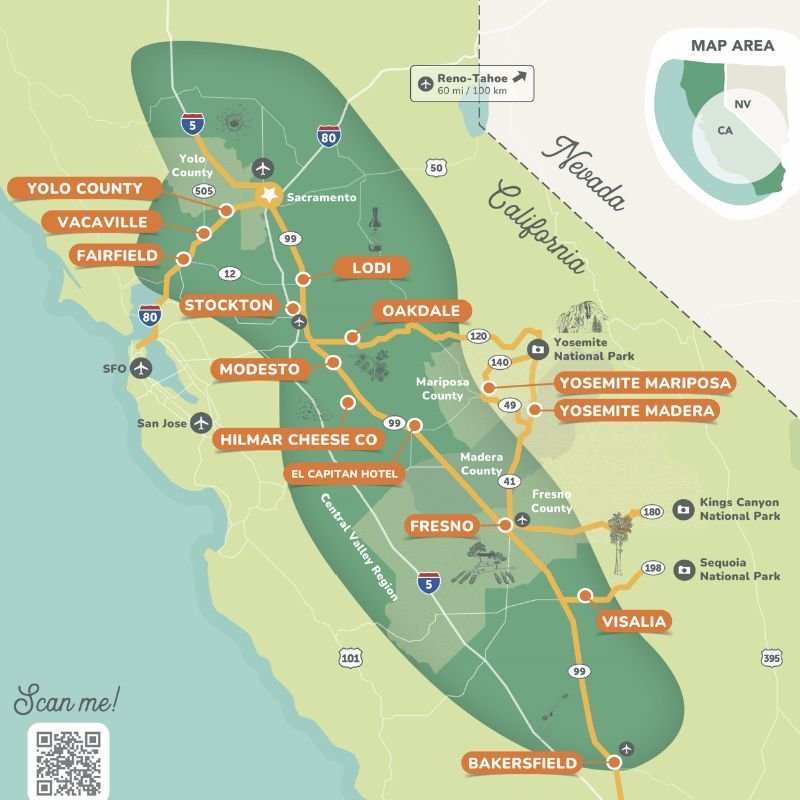Barn Owls and Beyond: How Wildlife Supports Farm Ecosystems
Farm ecosystems thrive when farmers work alongside nature. Barn Owls are a key player in pest control, but they’re just one of many species that contribute to a balanced, productive farm. Let’s explore how other beneficial wildlife supports healthier farms.
Hawks: The Guardians of the Sky
Hawks are natural predators that help control pests like rabbits, squirrels, and larger rodents. By encouraging hawks to visit your farm:
- Reduce Crop Damage: Fewer pests mean less damage to trees and
- Minimize Chemical Use: Relying on natural predators lessens the need for chemical
- Increase Biodiversity: Hawks coexist with other wildlife, creating a balanced
Bees: The Unsung Heroes of Pollination
Pollinators like bees are essential for crop production. By providing a bee-friendly environment:
- Boost Yields: Many crops rely on bees for pollination, leading to better fruit and nut
- Support Ecosystems: Healthy bee populations encourage the growth of wild plants and
- Promote Sustainability: Bees are a natural and cost-effective way to ensure healthy
Other Key Species
- Beneficial Insects: Ladybugs and lacewings help control aphids and other crop-damaging pests.
- Bats: These nocturnal hunters feed on insects, reducing pest populations
Creating a Wildlife-Friendly Farm
Encouraging wildlife on your farm doesn’t have to be complicated:
- Install Barn Owl Boxes: A single Barn Owl family can consume 60 pounds of rats, gophers, voles or mice in a single year.
- Plant Native Vegetation: Providing food and shelter for various species supports
- Limit Pesticide Use: Reducing chemicals encourages natural predators to
Build a Thriving Farm Ecosystem
By supporting beneficial species like Barn Owls, hawks, and bees, you’ll create a more sustainable and productive farm. Contact us today to learn how to integrate wildlife into your farm management plan.
Learn more, call Nick at 559-352-8067. Email TheOwlBoxCompany@gmail.com or visit www.OwlBoxCompany.com

